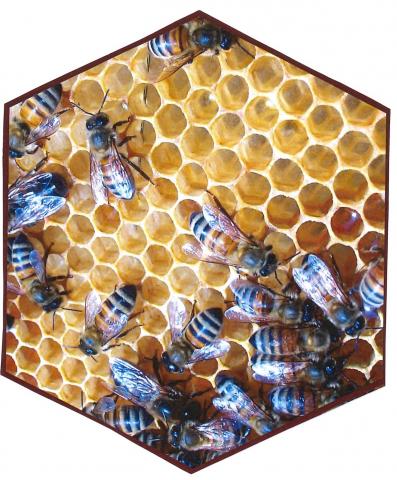
Pollination is a process that transfers genetic material so a plant can reproduce. Why should we care about pollination? Plant reproduction involves the production of seeds, and some of those seeds are inside fruits like apples, cherries and peaches. Did I mention that strawberries, blueberries, chocolate, and coffee depend on pollinators too? It is estimated that 2/3 of crop species world-wide depend upon pollinators!
The most well-known pollinator is the (European) honeybee. The honeybee can be encouraged to nest in man-made hives allowing for the (relatively) easy extraction of honey and transport of hives to agricultural fields. Our collection contains many books on beekeeping, but if you are seriously thinking of keeping bees, contacting a local beekeeping group such as the Beekeepers of the Northern Shenandoah Valley, Northern Virginia Beekeepers Association or the Shenandoah Valley Beekeepers Association can help you get started.
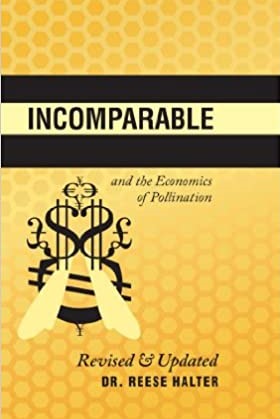 |
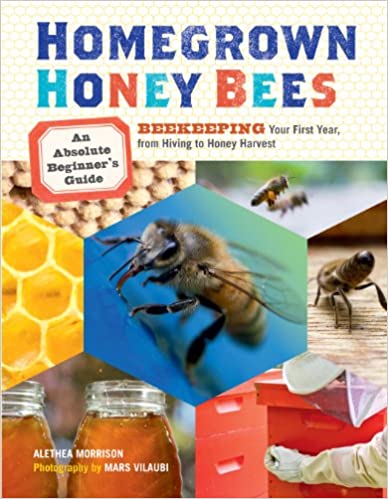 |
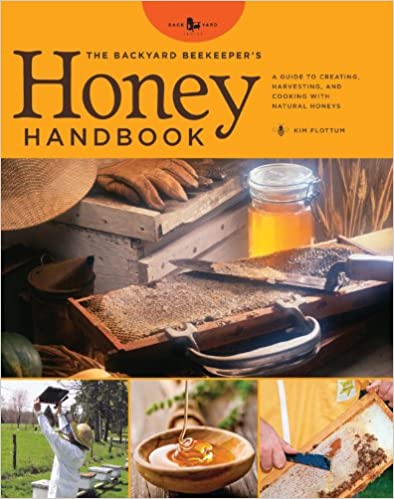 |
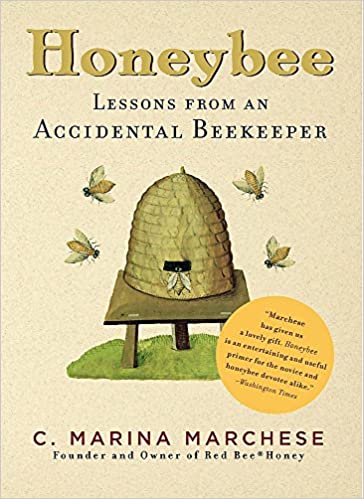 |
This is a good place to provide a reminder about “Holds” and “Browse Virtual Shelf”. Although library buildings are still closed to the public, you can check out material by placing a “hold” (a request.) If you have not used this feature before, here is a link to a short video explaining the process. Physically browsing through the bee books is not currently possible, but we have the “Browse Virtual Shelf” feature. After you find a book in the library’s catalogue (such as the “Beekeeper’s Bible”) and click on the title, you are taken to the page where you can place a “hold.” Notice the button for “Browse Virtual Shelf”:
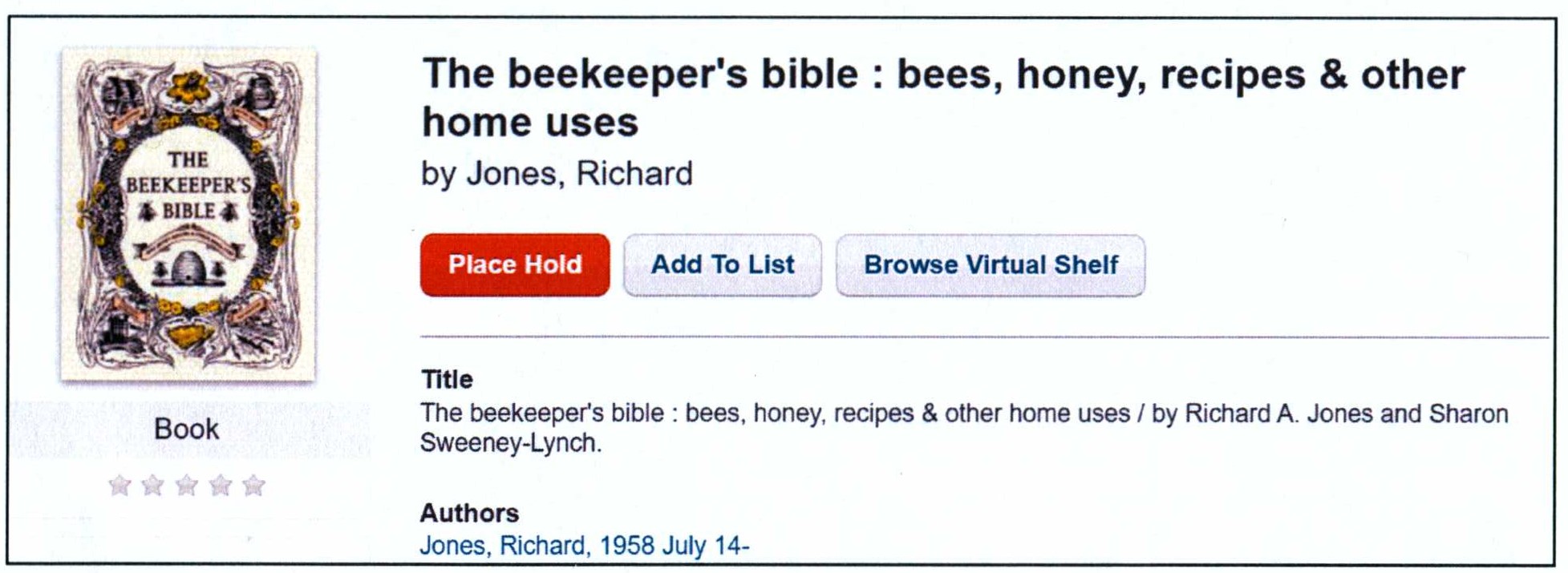
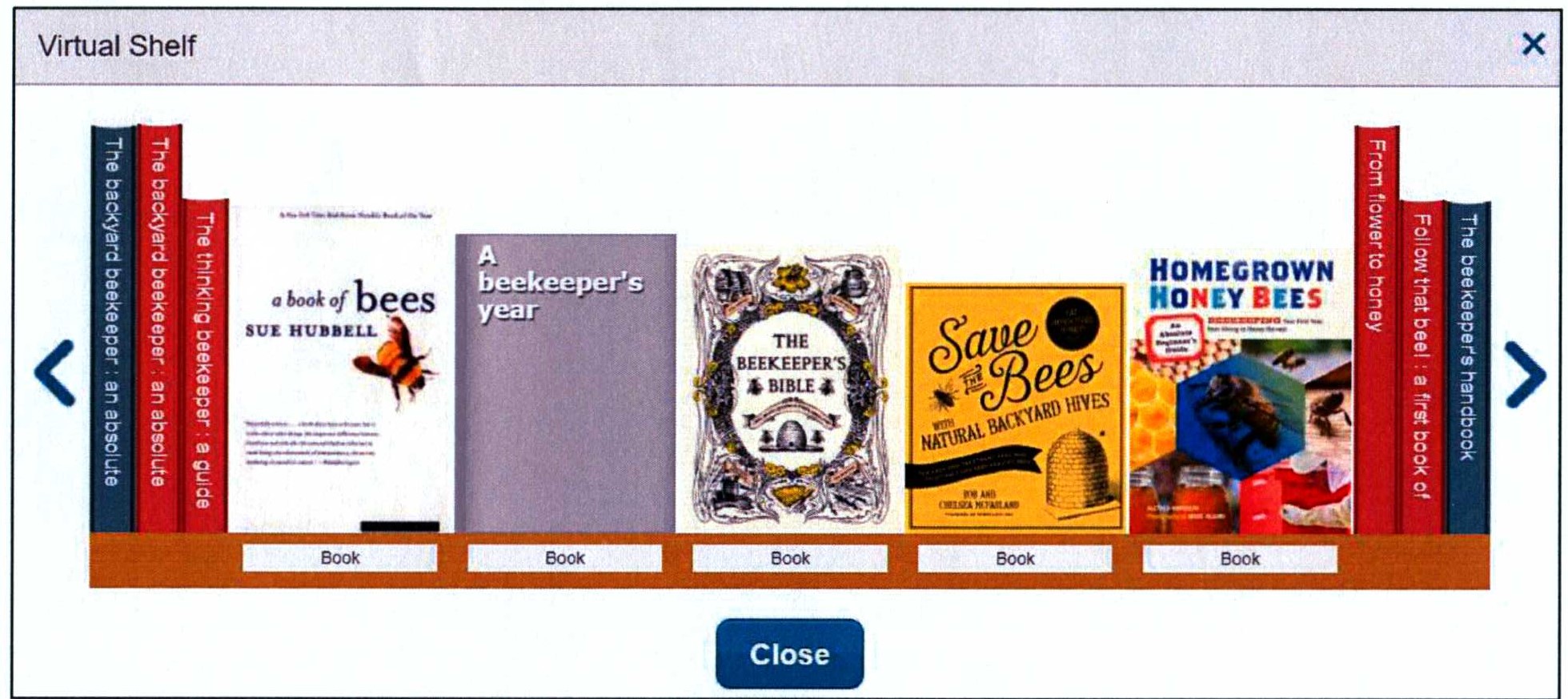
After clicking on the “Browse Virtual Shelf” button you will see the adjacent books on bees. You can use the arrows to travel along the shelf. If you click on a book it brings you to the page with details about the book. Click on the “Browse Virtual Shelf” button again to return to your search.
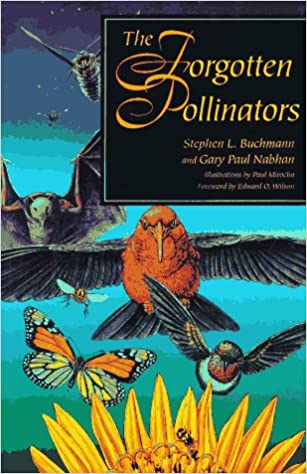 |
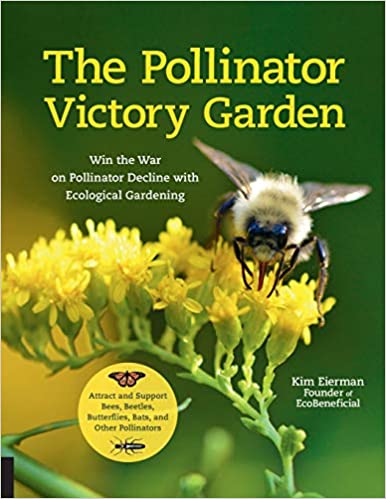 |
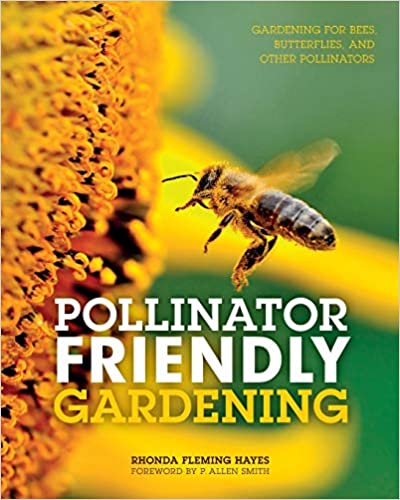 |
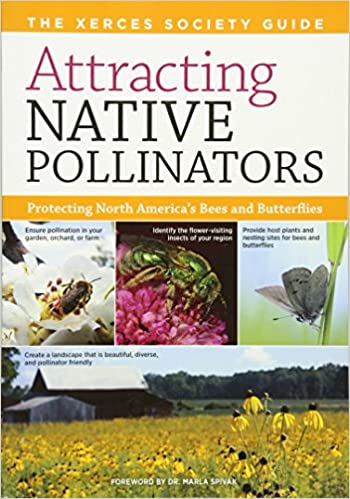 |
Other pollinators include birds, bats, bees, butterflies, moths and beetles. The honeybee is not native to the Americas and will not pollinate tomatoes. For our tomatoes, we rely on native pollinators such as bumblebees. Many gardeners plant flowers among their vegetables to attract the necessary pollinators. In the garden section of our non-fiction titles there are many books on attracting pollinators to your garden. Native plants can attract pollinators and provide habitat and food to sustain them. Plants attractive to pollinators add color and beauty to your garden and yard. You may want to identify the various insects that visit your garden and we have many books to help you do so. This is another good place to use the “Browse Virtual Shelf” feature, since we have many guides especially for butterflies. You may want to look at caterpillars too, since butterflies and moths spend part of their lives in this form.
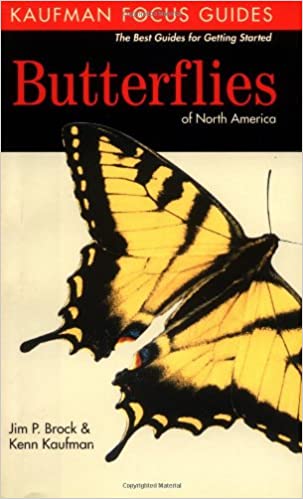 |
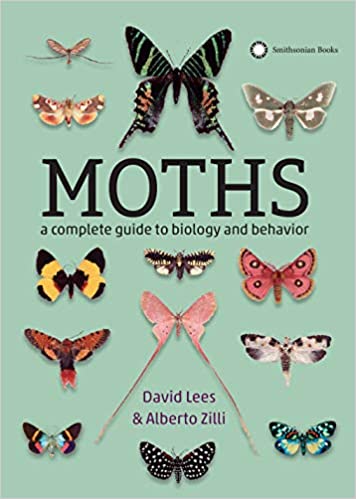 |
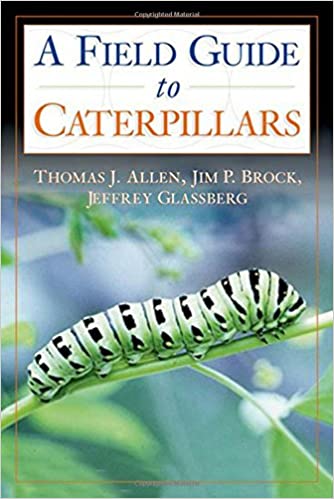 |
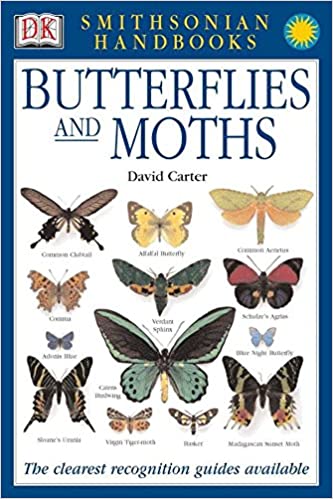 |
If the honeybee is the most famous pollinator, then the monarch is likely the most famous butterfly. Its large size, striking colors and incredible migratory journey make it a subject worthy of attention. The last Monarch butterfly: conserving the Monarch butterfly in a brave new world, Chasing monarchs: migrating with the butterflies of passage and The world of the monarch butterfly are three titles in our adult non-fiction collection about monarch butterflies. Below are a couple histories, a memoir and a novel that feature bees if you are in the mood for stories. National Pollinator Month (and week) were established to bring attention to the importance of pollinators and encourage action for their protection. I hope this blog post has piqued your interest in, and appreciation for, these remarkable creatures, essential for human well-being.
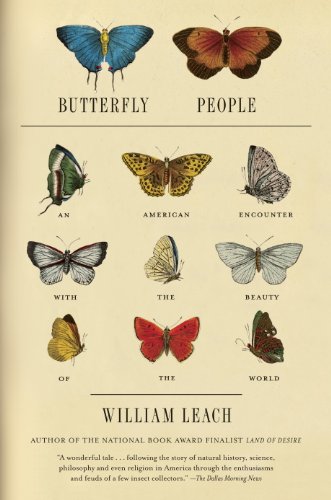 |
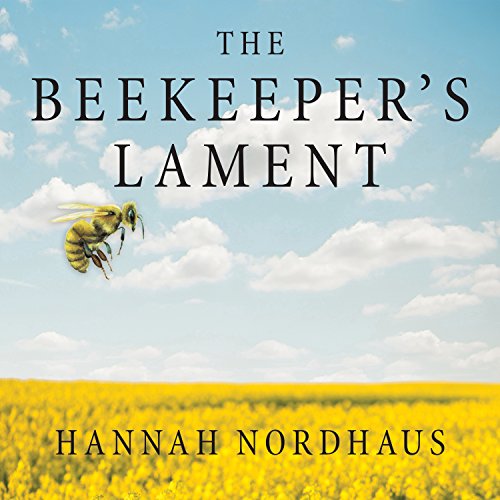 |
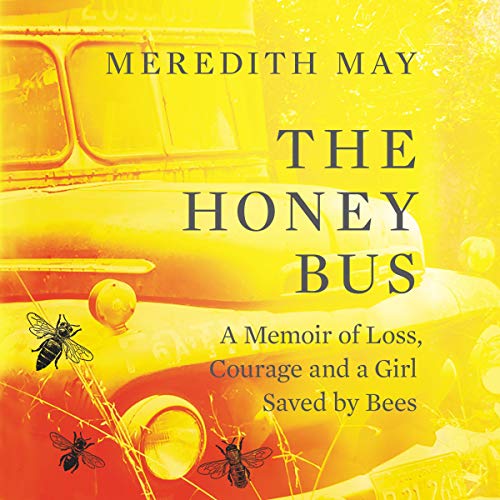 |
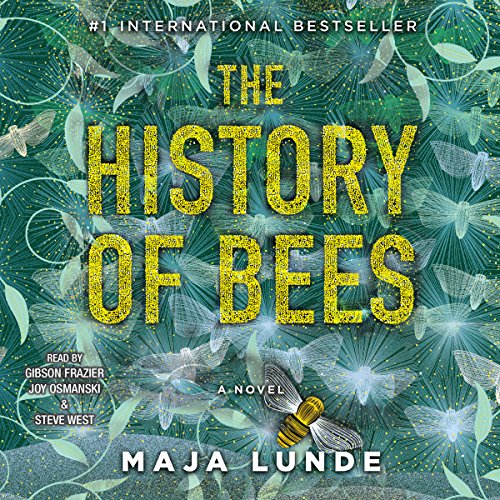 |
